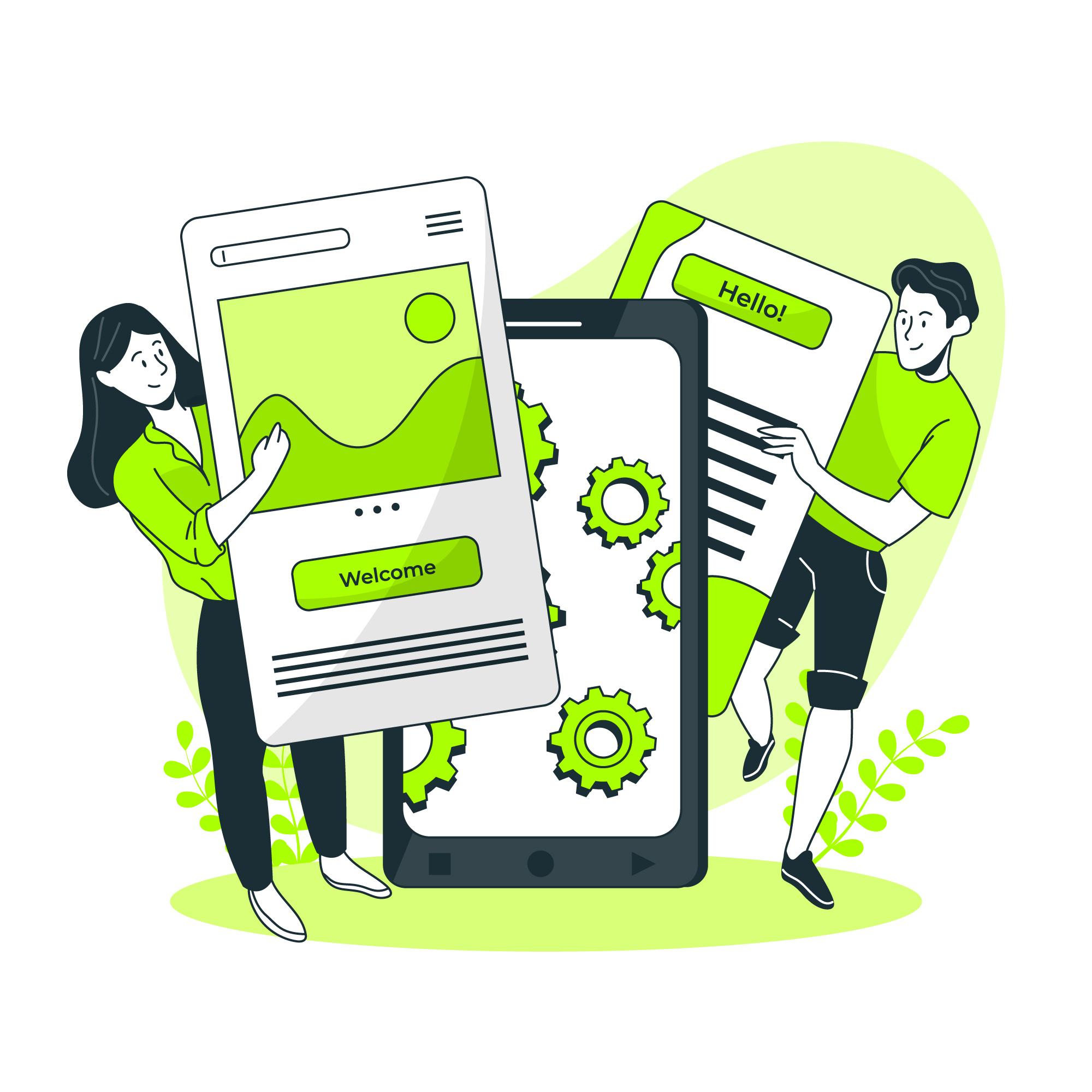Human-Centric Design in App Development
In today’s digital world, where good or bad experiences can shape how we view a brand, it’s surprising that 52% of users avoid companies with bad mobile experiences, and a huge 79% won’t return after a bad online shopping experience. This is why focusing on human-centric design is so important for creating apps that users love.😊

- 11 January, 2024

In today’s digital world, where good or bad experiences can shape how we view a brand, it’s surprising that 52% of users avoid companies with bad mobile experiences, and a huge 79% won’t return after a bad online shopping experience. This is why focusing on human-centric design is so important for creating apps that users love.😊
Prioritizing Users 🎯
At the center of human-centric design is a simple idea: it’s all about the users. Tailoring applications to individual needs is not just a good practice; it’s a strategic imperative. By putting users at the forefront, designers can create user-friendly apps that go beyond meeting expectations, creating experiences that are not only satisfactory but delightful.
Key Principles of Human-Centric Design 📱
There are three important principles for human-centric design: empathy, user involvement, and feedback. These principles help make sure that IT solutions aren’t just okay but also connect with users on a personal level. This approach leads to the creation of friendlier and more effective apps that stand out in a competitive market.
Human-Centric Interfaces 🧑
The way an app looks and feels is super important. Prioritizing intuitive navigation, simplicity, and accessibility enhances the overall user experience. By focusing on user-centered interfaces, designers help users interact with the app in a positive way, making it easier for them to use it every day.
Boosting Adoption and Effectiveness 🚀
Human-centric design directly influences adoption rates. When an app is easy to use and fits what users need, more people will want to use it. Apps that boast easy navigation and align with user needs naturally encourage integration into workflows, ultimately elevating overall adoption rates. What’s more, prioritizing user experiences not only boosts adoption but also enhances the effectiveness of apps. People are more likely to use all the cool features of an app when it’s designed with their needs in mind.
🌈 Real-world Success: Case Studies 🌈
Spotify focuses on simplicity, making it easy to discover, organize, and enjoy music.
Duolingo implements gamification and a user-friendly interface to make learning engaging and accessible.
Instagram continually refines its interface to prioritize user interactions, creating a visually appealing and intuitive platform.
Emerging Trends 🌐
In the world of design, things are always changing. Personalization and adaptive interfaces are two key trends shaping the future of human-centric design.
✨ Personalization means making designs personalized, tailoring experiences to individual preferences.
✨ Adaptive interfaces are designs that change based on how a person uses them, making them friendlier and easier to use.
These trends not only reflect the commitment to user satisfaction but also signify a forward-thinking approach to creating applications that stand the test of time.
🌐 As our digital world keeps growing, human-centric design stays super important for making successful apps. By focusing on users, sticking to important principles, and keeping up with new trends, designers can create apps that don’t just meet expectations but go beyond, making users happy and building lasting relationships. In a time where how people feel about an app is crucial, choosing human-centric design isn’t just a good idea—it’s a must for those who want to create apps that stand out.
Related Posts

How to Craft Your Startup’s Business Plan?

Turn The Idea into Million-Dollar Startup

MVP: Why It’s Crucial for Startup Success?
Have a project you would like to talk about?
info@codegeeks.solutions
108 Stryjska St, Lviv, Ukraine
+38 (093) 234 34 76







